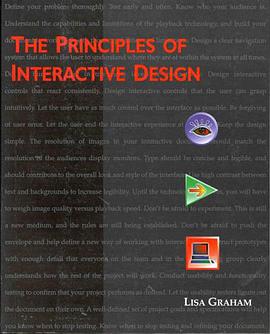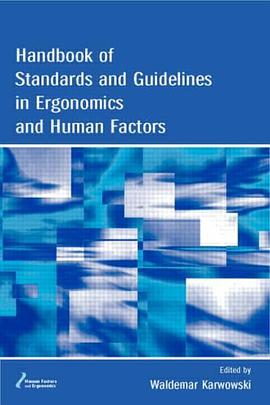

The purpose of this book is to provide a firm basis for psychologists to understand the appropriate uses and limitations of popular clinical assessment measures as they are applied to forensic issues. The instruments were selected because of their wide use and importance in both clinical and forensic settings. The PCL-R, the PAI, and MCMI-II, for example, are typically used with adults in criminal evaluations; the MMPI-A is often used in evaluating adolescents in detention and correctional facilities; while the Child Behavior Checklist (CBCL) (Achenbach, 1991), "Personality Inventory for Children, Second Edition" (PIC-2) (Lachar & Gruber, 2001), and Parenting Stress Index (PSI) (Abidin, 1995) are more commonly used in evaluating families involved in child protection and custody cases. Instruments such as the MMPI-2, the Rorschach, and the Halstead-Reitan Neuropsychological Battery are widely used across many types of forensic evaluations, although the latter category of testing is particularly related to personal injury evaluations. The authors for each chapter were selected because of their unique expertise and authority regarding the instruments addressed in this book. Each author presents both the strengths and weaknesses of the clinical assessment instrument in the forensic domain. Each chapter specifically addresses appropriate uses, while also detailing inappropriate applications or extensions of the particular assessment instrument.
具体描述
读后感
评分
评分
评分
评分
用户评价
相关图书
本站所有内容均为互联网搜索引擎提供的公开搜索信息,本站不存储任何数据与内容,任何内容与数据均与本站无关,如有需要请联系相关搜索引擎包括但不限于百度,google,bing,sogou 等
© 2025 book.wenda123.org All Rights Reserved. 图书目录大全 版权所有




















